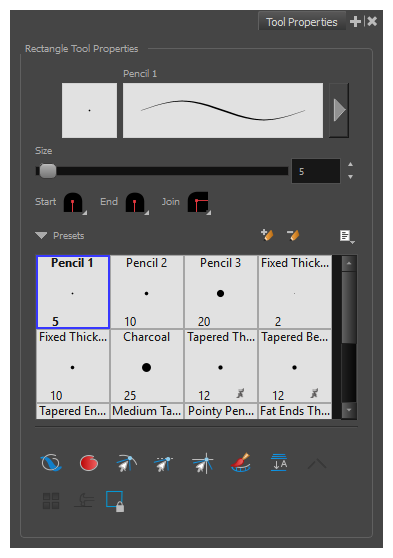

Therefore, area of AOB = area of the square/4 = 4 * 4/4 = 4 sq.We can say that the area of the square = area of AOB + area of BOC + area of COD + area of DOA = 4 * area of AOB (since the areas of triangles are equal).With this information, let’s try to establish a relationship between area of the square and area of triangle AOB. Since the triangles are congruent their areas are also equal.Thus, all four triangles have same side lengths, hence they are congruent triangles.And, since the diagonals bisect each other, in a square, OA = OB = OC = OD.The hypotenuse of all the triangles is nothing but the side of the square.If we observe the given diagram, we can see that.Now, most of you might think how are they congruent?.So, we can say that the diagonals divide the square into four isosceles right-angled triangles, which are congruent.And the angles at the center of the square are all right angles.Since all the angles in a square are 90 degrees and the diagonals bisect those angles.The angles in all four triangles are 45-45-90, right?.Now, tell me, what are the angles in each of these four triangles?.With this information we are asked to find out the area of the shaded region, that is triangle AOBĪlright, before we head to solve this question, let’s just recall a useful property of squares from the article, that is the diagonals, in a square, bisect each other at right angles.In this question, we are given a square ABCD with a side length of 4 units, and the diagonals of the square intersect at a point O.If the side length of the square is 4 units, then what is the area of the shaded region? In a square ABCD, the diagonals intersect at a point O. And, this further simplifies the calculation. But we have to visualize that pathway can actually be broken into 3 separate rectangles. In this question, the process used is also same. Thus, Area of the field excluding the pathways = 1500 – 56 = 1444 sq. Hence, area of the pathway = Area of (Rectangle of size 18 × 2 + Rectangle of size 2 × 2 + Rectangle of size 8 × 2) But we can break the pathway in to three parts as shown below and get three rectangles.Area of the field excluding the pathways = Area of the field – Area of the pathway.We can get the area of the field excluding the pathways if we subtract the area of the pathway from the area of the field. The area of the field excluding the pathways.The filed has dimensions 30 meters and 50 meters.A pathway has a uniform width of 2 metres.What is the area of the field excluding the path if the dimensions of the field are 30 meters and 50 meters? Question 2 – GMAT LikeĪ pathway having uniform width of 2 metres was made in a rectangular field. Now, let’s see one variation of this question that is GMAT-like. Properties and formulas Used in this questionįrom the above list, we can see that we used only one simple property to find the answer. Hence, we can apply the area of rectangle to find the field area.Īrea of the rectangular field = Length × Width = 50 × 30 = 1500 Sq.

We know that field is rectangular in shape. We are given the dimensions of the rectangular field as 30 metres and 50 metres and What is the area of a field that is in the shape of a rectangle having dimensions 30 meters and 50 meters? Therefore, to help you with the application of properties of quadrilaterals we have shared a few quadrilateral questions and solutions in this article. The primary reason behind it is learning a concept is easier as compared to applying that concept to solve questions. Quadrilateral questions have always been a head-scratcher for a lot of candidates taking competitive or standardized exams.


 0 kommentar(er)
0 kommentar(er)
